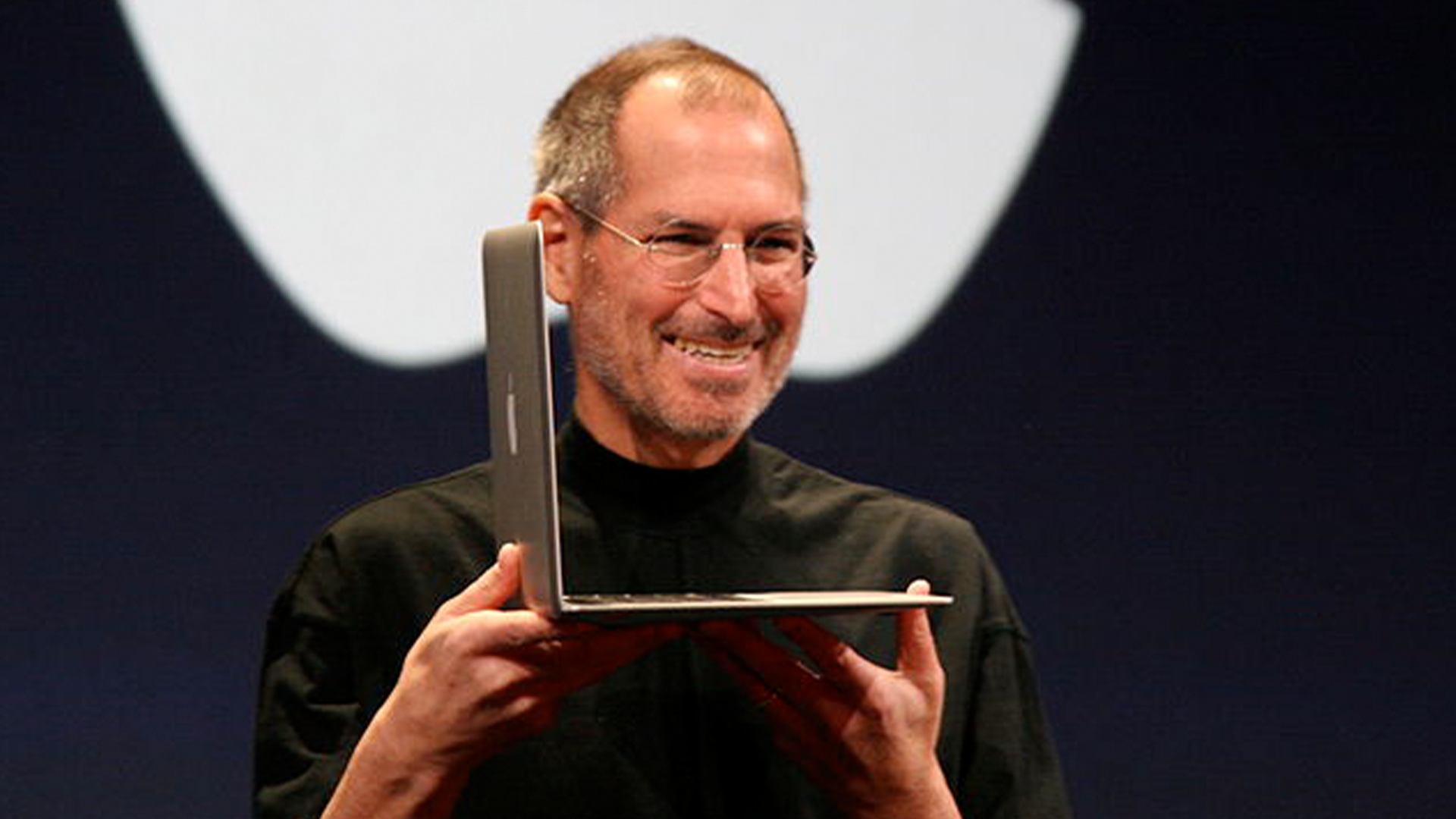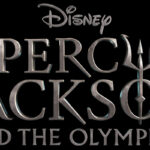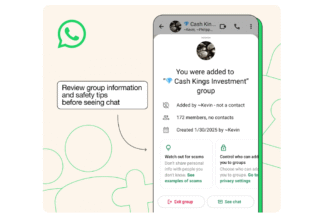40 Years Ago: Steve Jobs Was Fired from Apple – But It Made Macs Better Than Ever
In 1985, a pivotal event occurred in the tech world that would reshape the future of personal computing: Steve Jobs was unceremoniously ousted from Apple, the company he co-founded. At first glance, this might seem like a catastrophic turn of events for the burgeoning technology industry. However, upon closer examination, it becomes clear that Jobs’s departure, while painful for him personally, ultimately led to incredible innovations in Macintosh computers and the evolution of Apple as a powerhouse in technology.
The Rise and Fall of Steve Jobs at Apple
Steve Jobs’s journey at Apple began in 1976 alongside Steve Wozniak and Ronald Wayne. By the early 1980s, Jobs had already established himself as a visionary with the launch of the Apple II and the Macintosh prototype. However, his uncompromising approach—characterized by perfectionism and intense demands—eventually led to friction within the company.
In 1985, after a power struggle with Apple’s board and then-CEO John Sculley, Jobs found himself unceremoniously fired. He described this moment in his life as a “very public failure,” but it was also what set the stage for a more significant renaissance within Apple and personal computing as a whole.
The Initial Fallout: Apple Without Jobs
For a period following Jobs’s departure, Apple struggled. The company’s direction became muddled, and it experienced increasing competition, notably from IBM-compatible PCs that were flooding the market. Throughout this period, the Mac, which had launched in 1984, struggled to find adequate support and a clear direction.
Without Jobs’s creative input and unwavering commitment to design, Apple’s focus wavered. The Macintosh line was not the revolutionary product it had promised to be. Instead, it became a symbol of unfulfilled potential, causing Apple’s stock prices to plummet and its market share to dwindle. The company desperately needed a new vision to reclaim its innovative edge and navigate the increasingly crowded tech landscape.
A Time of Growth: Jobs’s Sabbatical
With Jobs out of Apple, he had the unique opportunity to explore other ventures. During the next decade, he founded NeXT, a computer platform development company aimed at higher education and business markets. NeXT computers incorporated advanced technology and innovative software, albeit at a high price point, which limited their market penetration.
More importantly, this period allowed Jobs to experiment and refine his ideas about user experience, design, and functionality—lessons that would ultimately inform his future work at Apple. NeXT focused on high-quality hardware and groundbreaking software development, including the pioneering NeXTSTEP operating system, which would later influence Apple’s OS X.
The Return of the Prodigal Son
In 1997, Apple acquired NeXT in a move that might have seemed a gamble but ultimately paid off spectacularly. Jobs returned to Apple as an interim CEO, eventually becoming the permanent leader. With him came the lessons learned from his time away, as well as a renewed vision of what Apple could and should be.
Jobs quickly concentrated on streamlining Apple’s product line. He discontinued several underperforming products and focused resources on the Mac. His return also rejuvenated the company’s branding, transforming Apple into a symbol of innovation and creativity once again.
The Macintosh Renaissance
As Jobs spearheaded revitalization efforts, the Macintosh began to undergo significant improvements, both in terms of hardware and software. The introduction of newer Macintosh operating systems, like Mac OS X in 2001, drew heavily from the technological advancements made during Jobs’s time at NeXT. With a more user-friendly interface, increased stability, and powerful new features, the Macintosh quickly regained its status as a leader in personal computing.
Moreover, the design ethos that Jobs had championed at Apple blossomed during this period. The “less is more” philosophy became central to the Macintosh aesthetic, leading to machines that were not only powerful but also visually appealing. This design revolution extended into the accessories, packaging, and user interfaces associated with Macintosh products, creating an unparalleled user experience.
A Ripple Effect: Job’s Influence Beyond Apple
Jobs’s departure from Apple also had broader implications for the tech industry. His insistence on creating products that merged technology with art inspired a new generation of tech entrepreneurs. The aesthetic appeal and ease of use found in Macintosh computers can be seen across many modern devices today.
Furthermore, Jobs’s leadership style—though often controversial—has been studied by industry leaders worldwide. His focus on branding, marketing, and user-centric design has influenced countless startups and established companies alike.
Conclusion: A Legacy of Resilience and Innovation
Looking back 40 years, it’s evident that Steve Jobs being fired from Apple was not a catastrophic end, but rather a transformative moment for the company and the tech ecosystem as a whole. Often, significant setbacks pave the way for unforeseen rebounds. Jobs’s time away from Apple equipped him with invaluable insights, which transformed both his vision and Apple’s identity.
The innovations that flowed from his return not only improved the Macintosh but also set the groundwork for future breakthroughs, solidifying Apple’s standing in the digital age. The lessons learned from Jobs’s journey—from his early failures to his triumphant return—serve as a powerful reminder of resilience and the importance of creativity in the ever-evolving landscape of technology.
As we delve into the history of the tech giants, Jobs’s story continues to inspire us all, illustrating that sometimes, a setback is merely a launchpad for extraordinary advancements.





